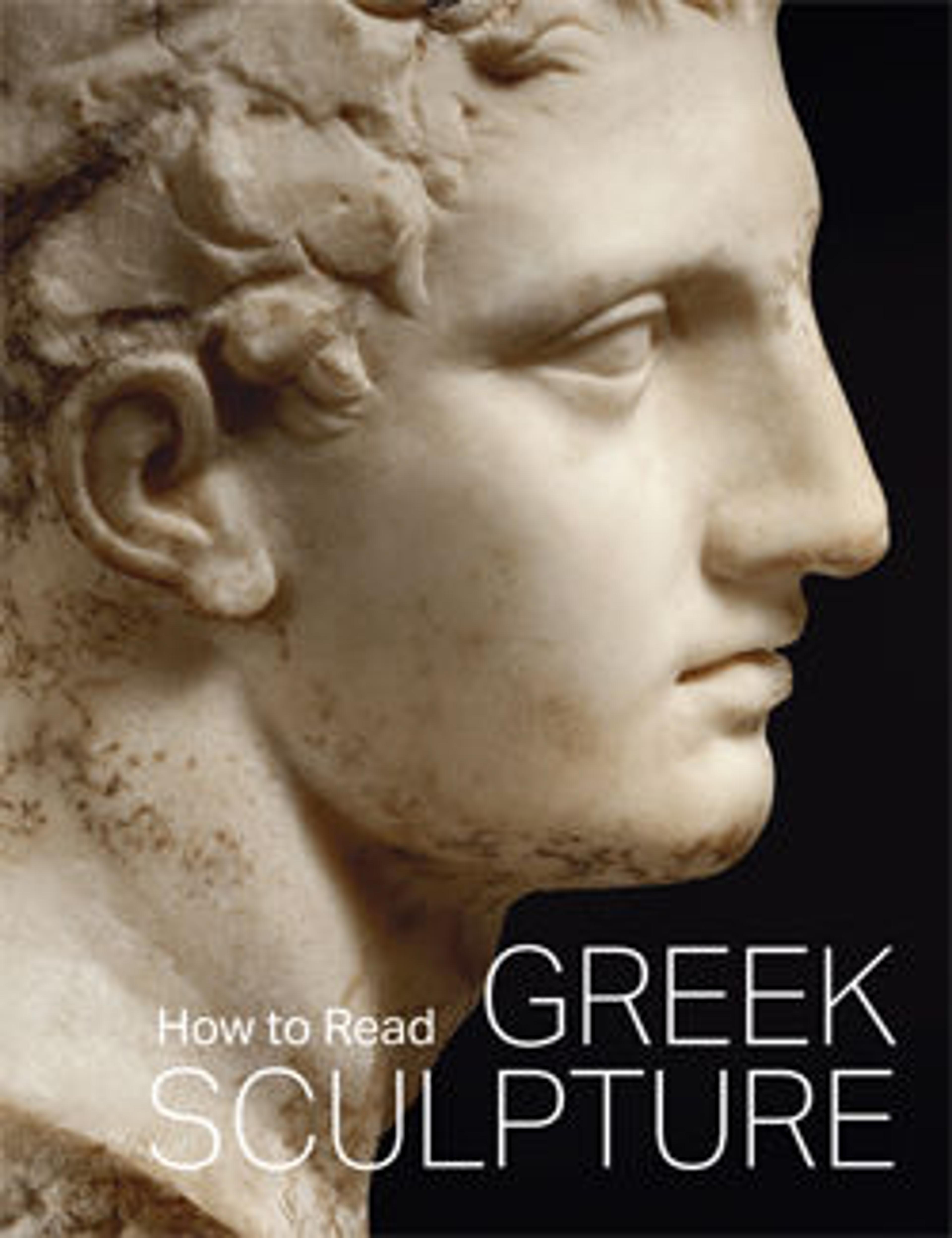Marble funerary lekythos of Kallisthenes
During the fifth and fourth centuries B.C., memorials to the dead sometimes took the form of monumental marble lekythoi. The shape was appropriate, for the lekythos–a vase used exclusively to hold oil–played an important part in funerary preparation and ritual. The figure of Kallisthenes, whose name is inscribed, is shown in low relief clasping the hand of a seated man, while a woman raises her hand to her chin in a customary gesture of mourning.
Artwork Details
- Title: Marble funerary lekythos of Kallisthenes
- Period: Classical
- Date: ca. 400–390 BCE
- Culture: Greek, Attic
- Medium: Marble, Pentelic
- Dimensions: H. 62 in. (157.5 cm)
- Classification: Stone Sculpture
- Credit Line: Rogers Fund, 1947
- Object Number: 47.11.2
- Curatorial Department: Greek and Roman Art
More Artwork
Research Resources
The Met provides unparalleled resources for research and welcomes an international community of students and scholars. The Met's Open Access API is where creators and researchers can connect to the The Met collection. Open Access data and public domain images are available for unrestricted commercial and noncommercial use without permission or fee.
To request images under copyright and other restrictions, please use this Image Request form.
Feedback
We continue to research and examine historical and cultural context for objects in The Met collection. If you have comments or questions about this object record, please contact us using the form below. The Museum looks forward to receiving your comments.
